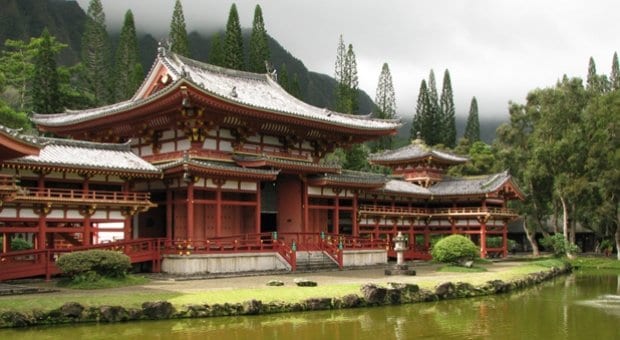
In the Valley of the Temples Memorial Park, Byodo-in Temple sits at the foot of the Ko'olau Mountains. Credit: Andrew Collins
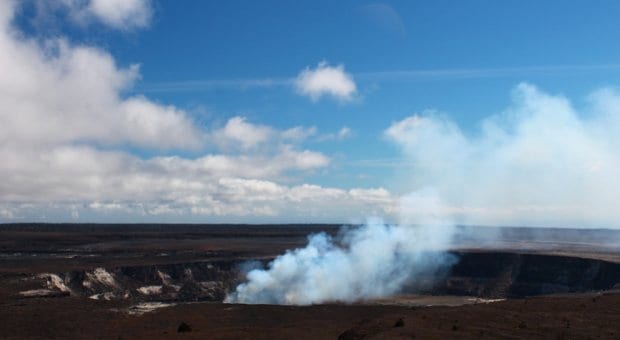
The Big Island is home to some of the most active volcanoes in the world, Mauna Loa and Kilauea — the latter has been in a continuous state of eruption since 1983. Credit: Andrew Collins
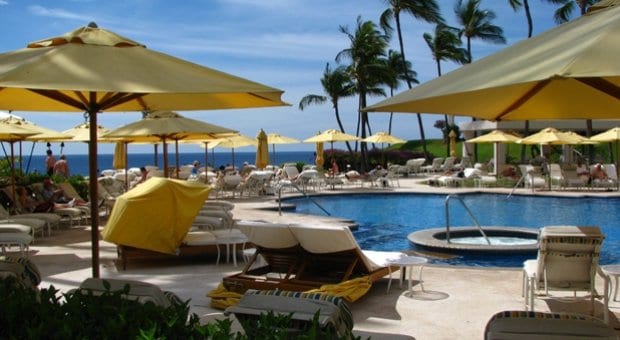
The Four Seasons hotel on Manele Bay, on Lanai. Credit: Andrew Collins
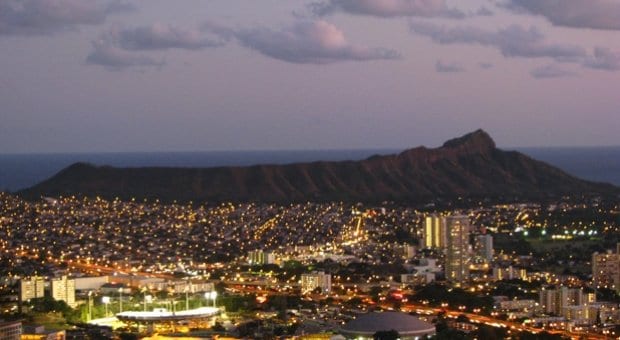
Waikiki skyline. Credit: Andrew Collins
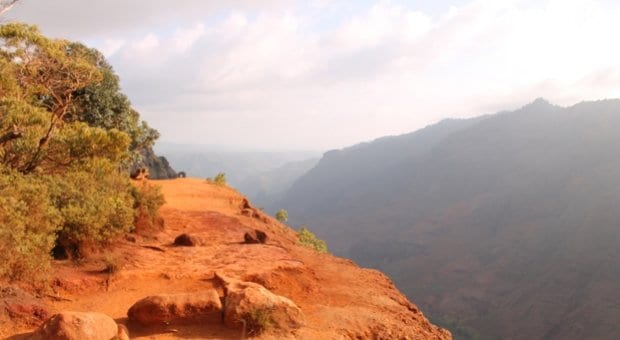
Waimea Canyon. Credit: Andrew Collins
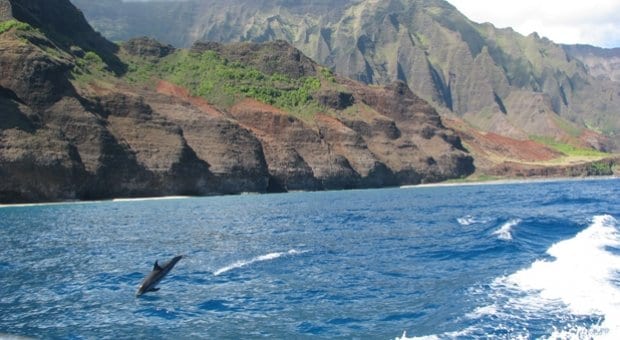
Spotting a dolphin at play from a Kauai catamaran cruise. Credit: Andrew Collins
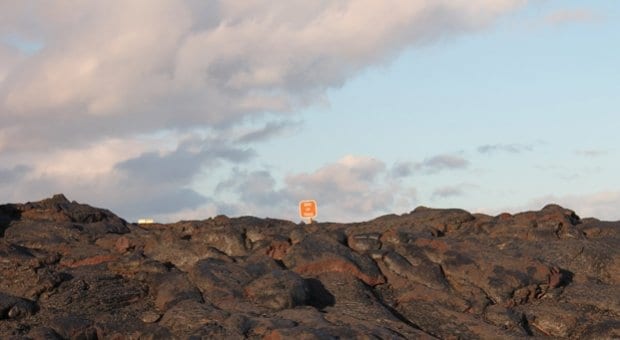
Volcanic terrain. Credit: Andrew Collins
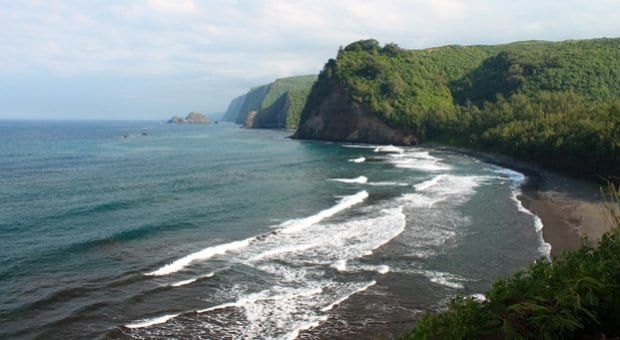
North Kohala Coast Beach on the Big Island. Credit: Andrew Collins
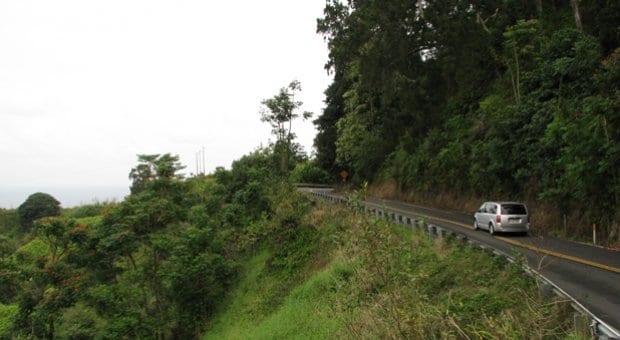
Hawaii is an archipelago whose six key islands are traversed primarily by winding, two-lane roads. Credit: Andrew Collins
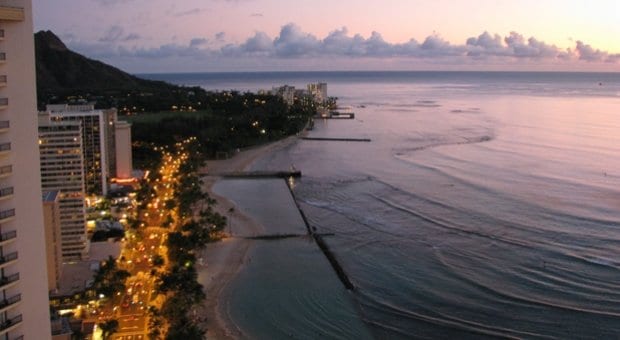
Waikiki beachfront. Credit: Andrew Collins
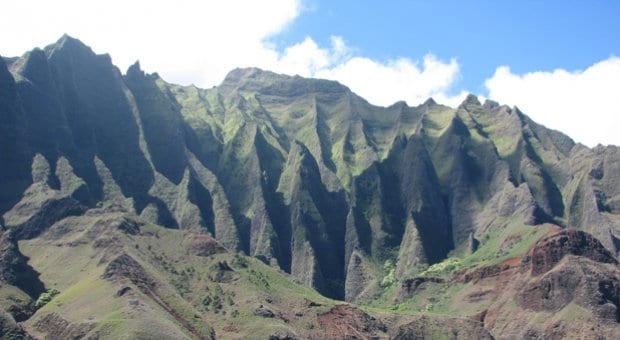
Kauai Na Pali coast. Credit: Andrew Collins
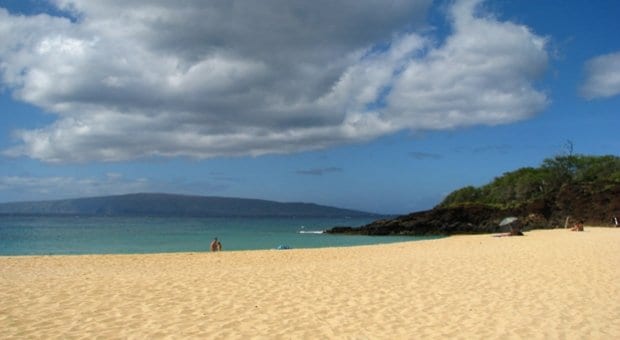
Makena Beach on Maui. Credit: Andrew Collins
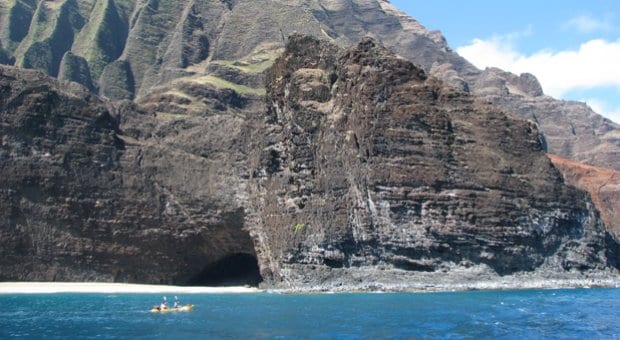
Kayakers on Kauai Na Pali coast. Credit: Andrew Collins
On Dec 2, 2013, Hawaii became the 15th American state to legalize gay marriage. This long-awaited development is expected to create a surge in LGBT tourism, as couples plan and invite along their friends to destination weddings. But Hawaii’s warm welcome of lesbian and gay travellers is nothing new. The state was the first in the US to embrace a grassroots gay marriage push back in the 1990s, and although that effort failed at the time, this friendly, easygoing, multicultural island roughly 4,000 kilometres from the North American mainland has been tolerant of same-sex relations for centuries, dating back to when ancient Hawaiian warriors and high chiefs routinely took lovers of the same gender.
As tropical getaways go, Hawaii is the real deal: a dream destination that typically exceeds the often high expectations of first-time visitors. It’s sunny and warm — but rarely excessively hot — year-round, and it offers a tremendous diversity of natural scenery. The major resort areas are ultra-swanky and have the steep hotel prices to match, but in many parts of the state, especially smaller towns on Kauai and the Big Island, it’s possible to find surprisingly affordable B&Bs. Even Waikiki has some economical lodging deals, especially at properties that are part of the local and quite gay-friendly Aston and Aqua hotel and resort brands.
The challenge in a state with so much to offer is figuring out the best strategy for making the most of your visit. There’s an understandable, irresistible tendency when visiting for the first time to try to see the entire state in less than two weeks. Hawaii’s total area is just 10,432 square kilometers, about twice the size of Prince Edward Island. It may sound quite manageable in size, but this is also an archipelago whose six key islands are traversed primarily by winding, two-lane roads. It really takes a minimum of two weeks to see even four or five islands without running yourself ragged. Only the gamest road warriors — those who think The Amazing Race looks like a cakewalk — should consider cramming all the main islands into one visit.
A more practical approach for most travellers is to come up with a realistic budget and time frame and a clear sense of what type of vacation you’re up for. Are you more inclined toward basing your operations in one place for the entire trip, or is your idea of the perfect tropical getaway one that involves hopping around among a few different towns and islands? Are you more about bar-hopping and shopping or hiking along remote beaches and under cascading waterfalls?
Here’s a quick overview of the main islands and what each is best known for.
Oahu
Nearly three-quarters of the state’s 1.4 million residents live on Oahu, the third-largest Hawaiian island and the home of bustling Honolulu and its iconic beachside strip of high-rise hotels, tony shops and touristy but fun restaurants: the Waikiki neighbourhood. Here you’ll also find the state’s most famous gay beach, Queen’s Surf, as well as nearly all of Hawaii’s gay nightlife (about half a dozen LGBT bars in all). Not everyone finds Waikiki, with its crowds and relatively busy pace, relaxing, but it’s the one place in Hawaii where you’ll encounter a visible gay social scene, and it’s convenient. You don’t need a rental car to get around, and Honolulu’s airport has, by far, more direct flights from the North American mainland than any other airport in the state.
There’s a slight misperception that Oahu and Honolulu are one and the same, but elsewhere on the island it’s possible to commune with nature and escape commercial development. You’ll find some of the most beautiful beaches in the state on the North Shore. Those around the funky town of Haleiwa are particularly famous for surfing (and ogling sexy surfers), and along the eastern (Windward) coast — just a 30-minute drive from Waikiki — you can find exceptional less-crowded beaches, like Lanikai and Waimanalo, and cool hiking and cultural adventures at the Valley of the Temples, Koko Head and Kualoa Ranch (where much of Jurassic Park and Lost were filmed).
Maui (with Lanai and Molokai)
The state’s second largest island, Maui, has become synonymous over the past three decades with luxury resorts replete with cushy spas, meticulously manicured golf courses, sweeping beaches and ritzy shopping and dining. The biggest resort areas, Kaanapali and Wailea, are each home to several major hotels. But all along the island’s dry western coast you’ll find other inviting diversions, like the historic whaling town of Lahaina (with its charming galleries and cafés), and Kihei, which is home to the state’s largest GLBT resort, the Maui Sunseeker, and the gay-popular beach at Makena.
While nowhere near as built up or densely populated as Oahu, Maui can feel somewhat touristy and commercial, at least in the main resort areas. Still, it’s easy to escape to nature here, too, whether it’s making the famous scenic drive around the southeastern tip of the island to Hana or driving to the 3,055-metre summit of Mt Haleakala, part of a spectacular national park.
From the town of Lahaina, ferry boats make daily trips to the distinctive and smaller neighbour islands of Lanai and Molokai. These are less-visited among the state’s main islands, and most first-time Hawaii visitors don’t get to these, but they each have a great deal to offer those intrepid enough to visit them. Lanai is home to a pair of stunning Four Seasons resorts but is also close enough by boat (about an hour) to make a fun day trip. Molokai is absolutely stunning and has a fascinating history related to the former colony of persons with Hansen’s disease (leprosy) that’s now Kalaupapa National Historical Park, but it’s a sparsely populated island with just one hotel, a handful of restaurants and less frequent ferry service. You can also reach either island via a short plane ride from Oahu or Maui.
Big Island
Officially called Hawaii Island, the aptly nicknamed Big Island is the state’s largest: it’s bigger than all the others combined. However, it’s home to only 185,000 residents, and most of this island crowned by often-snowcapped Mauna Kea (4,205 metres) and Mauna Loa (4,169 metres) feels quite rural and only moderately developed. There is an upscale stretch of resorts along the dry and sunny Kohala Coast that feels similar to Wailea, on Maui, in scale and vibe, but elsewhere you’ll encounter a mix of historic communities with a classic “Old Hawaii” feel. The Big Island is perhaps most famous for having some of the most active volcanoes in the world, Mauna Loa and Kilauea — the latter has been in a continuous state of eruption since 1983. You can explore these volcanoes and their fascinating geological features at Hawaii Volcanoes National Park — it’s a splurge, but an especially amazing way to see the park is on a helicopter tour. Near the national park, the small town of Volcano and the nearby Puna District are home to several economical LGBT-owned B&Bs. If you’re looking for the island that offers the best mix of beach, rainforest and mountain scenery, as well as upscale resorts and affordable inns, the Big Island is your best bet.
Kauai
There’s good reason that lush Kauai is nicknamed the “Garden Isle”; more remote and secluded than the other Hawaiian islands, Kauai contains some of the greenest and most beautiful rainforests in the world, along with dramatic, soaring sea cliffs (along the Na Pali Coast, which is most easily viewed by excursion boat or helicopter ride), and funky and historic settlements like Hanalei and Waimea, which offer close proximity to some amazing hikes and tranquil beaches. Although Kauai does have a handful of high-end resorts, many of them concentrated in the picturesque Poipu Beach area at the less-rainy southern end of the island, it’s the most rural and least densely populated of the major Hawaiian islands, a favourite of outdoorsy types and those seeking a peaceful, low-key and relatively affordable getaway. Plenty of LGBT folks live on Kauai, but you’ll find no gay-specific nightlife and nothing much in the way of a “scene” — it’s perfect, on the other hand, for couples seeking romance and outdoor adventure.
The best Hawaiian regions for different travel styles
Bar-hopping and meeting singles
Waikiki (Oahu), Kihei (Maui).
Affordability, eco-travel, natural scenery, relaxation, escaping the crowds
Waimea and Hanalei (Kauai), Paia and Hana (Maui), Puna District, Volcano, Hilo, Captain Cook and North Kohala Coast (Big Island), Molokai.
Luxury pampering, spa getaways, sophisticated shopping and dining, weddings and honeymoons
Ko Olina (Oahu), Wailea, Kaanapali, Kapalua (Maui), Poipu Beach (Kauai), Kohala and Kona coasts (Big Island), Lanai.
A plan for experiencing every island in one trip
Allow at least 11 to 15 days. Two nights Waikiki/Honolulu (Oahu), three nights Wailea or Kaanapali (Maui), an optional one- to two-night side trip to Lanai or Molokai, two to three nights on Kohala/Kona coasts, and one to two nights in Puna District/Volcano (Big Island), two to three nights Kauai.
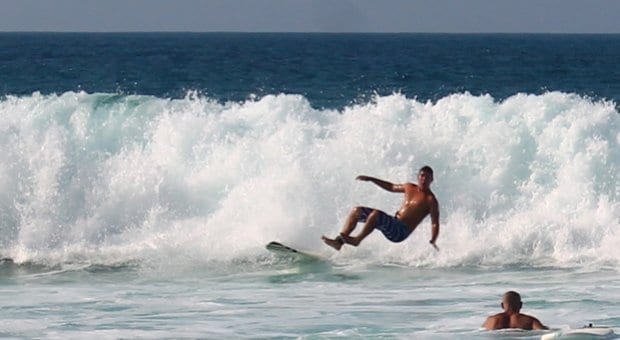
 Why you can trust Xtra
Why you can trust Xtra